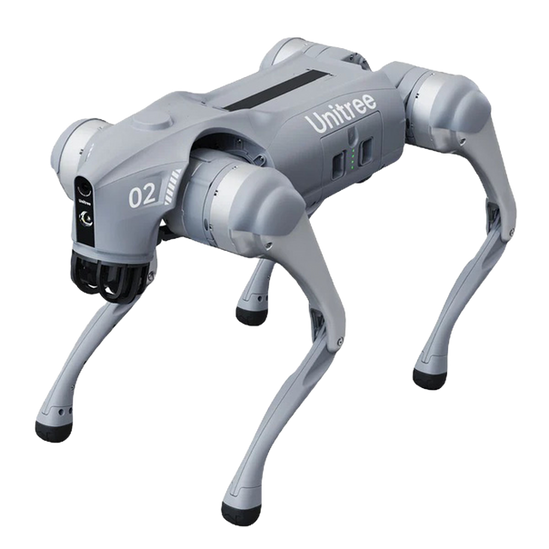Infrastructure Inspection
The use of drones to inspect critical infrastructure such as bridges, pipelines, and power plants, improving safety and efficiency.
Infrastructure Inspection encompasses critical processes that ensure the safety and functionality of essential public assets. In an age where public safety and resource efficiency are paramount, understanding terms like "Infrastructure Inspection" is crucial. It not only highlights advancements in technology but also signifies the growing need for effective monitoring and maintenance to support the complex systems that underpin modern life.
What is Infrastructure Inspection?
Infrastructure Inspection refers to the use of drones to inspect critical infrastructure such as bridges, pipelines, and power plants, improving safety and efficiency. This method leverages aerial technology to access hard-to-reach or hazardous areas, providing real-time data and imagery that can significantly enhance monitoring protocols. Drones enable inspectors to assess condition and integrity with precision, thereby facilitating timely maintenance and repairs, while also reducing the risks associated with traditional inspection methods.
Key Concepts:
Drones: Unmanned aerial vehicles equipped with cameras and sensors that provide valuable data for inspections.
Critical Infrastructure: Fundamental systems and structures essential for the functioning of society, including transportation, utilities, and communication networks.
Safety: The critical aspect of ensuring that infrastructure remains structurally sound and poses no risk to users.
Efficiency: Improving the speed and cost-effectiveness of inspections through the use of advanced technology, like drones, instead of conventional methods.
Applications and Relevance:
Bridges: Regular inspections using drones can identify structural issues like cracks or corrosion, ensuring safety for ongoing use.
Pipelines: Drones can monitor large pipeline networks for leaks or damage, helping to prevent costly environmental disasters.
Power Plants: Aerial inspections of power generation facilities enable quick identification of maintenance needs, improving operational uptime.
Railways: Drones can survey railroad tracks and associated infrastructure, enhancing safety checks without disrupting service.
Challenges and Considerations:
Regulatory Compliance: Navigating local laws regarding drone usage can be a complex and time-consuming process.
Data Management: Storing, analyzing, and interpreting large volumes of data collected during inspections can strain existing IT systems.
Weather Dependence: Drone inspections can be significantly affected by poor weather conditions, limiting operational effectiveness.
Skill Gaps: There is a need for trained personnel who understand both drone technology and the specifics of infrastructure to conduct effective inspections.
Future Trends and Innovations:
AI Integration: Incorporating artificial intelligence to analyze inspection data in real-time, allowing for predictive maintenance and quicker decision-making.
Automation: Development of fully automated drones capable of conducting inspections without human intervention.
Enhanced Sensors: Advancements in sensor technology will improve the accuracy and range of inspections, allowing for better detection of potential issues.
Collaboration Platforms: Emerging technologies that support collaborative efforts between various stakeholders (government, private sectors) can streamline inspection sharing and reporting.
Infrastructure Inspection stands as a vital component in maintaining the safety and reliability of essential services and assets. As technology continues to evolve, its application through drones not only enhances traditional methods but also promotes innovative solutions to ongoing challenges. Embracing these advancements will play a significant role in shaping the future of infrastructure management, ultimately ensuring a safer and more efficient environment for all.














